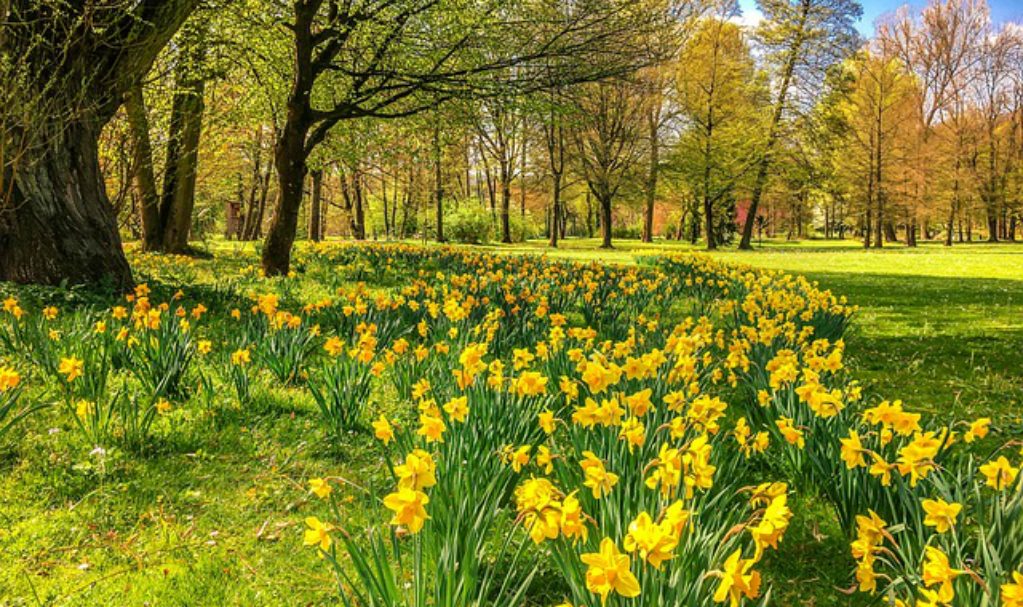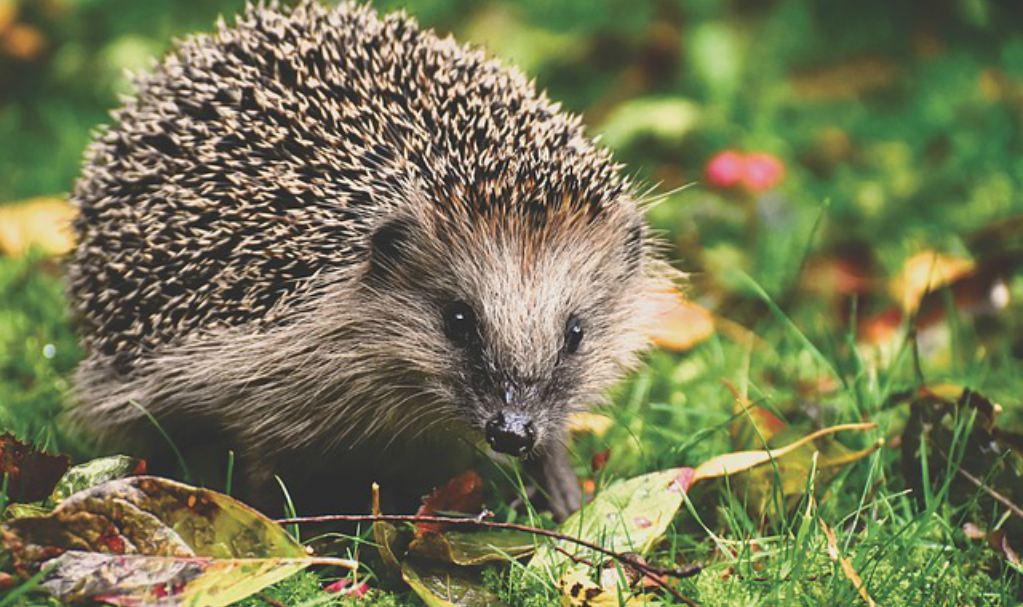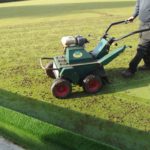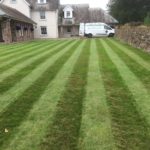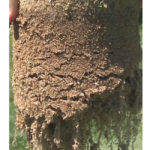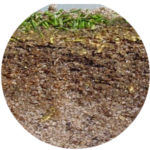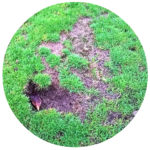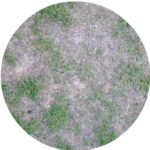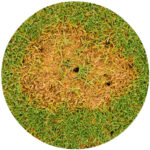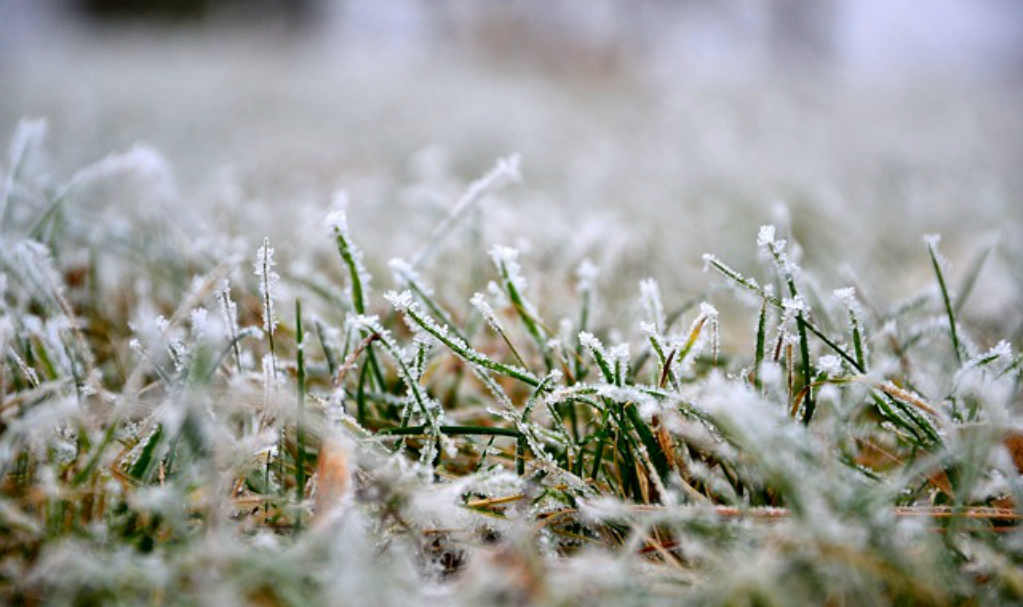Spring is just around the corner and now is a great time to start to get your lawn in good shape.
After rigours of winter, your turf needs a bit of a hand to get back into its best condition with some gentle aeration, feeding, weeding and some treatment for moss which builds up in the winter months.
Moss
 Moss is a common problem in spring, but now is the time to change that. At greenmaster we use a natural moss treatment that kills off the moss, ahead of raking or scarifying it out. Don’t scarify your lawn if it has live moss as this will just spread it around further.
Moss is a common problem in spring, but now is the time to change that. At greenmaster we use a natural moss treatment that kills off the moss, ahead of raking or scarifying it out. Don’t scarify your lawn if it has live moss as this will just spread it around further.
Scarifying
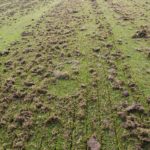 Once the moss has been treated, we will scarify the dead moss and any winter thatch build up out of the turf. This allows in sun light and much needed oxygen to the base of the grass plants and re-invigorates your lawn.
Once the moss has been treated, we will scarify the dead moss and any winter thatch build up out of the turf. This allows in sun light and much needed oxygen to the base of the grass plants and re-invigorates your lawn.
Lawn Feed
 At this time of year your lawn has a requirement for a little quickly available Nitrogen and Phosphorous to help it get started growing and putting down strong new roots before the soil has warmed up properly. As the spring progresses it’s important to make sure there is a source of slow release Nitrogen in the soil to help feed the grass as it wakes up in spring.
At this time of year your lawn has a requirement for a little quickly available Nitrogen and Phosphorous to help it get started growing and putting down strong new roots before the soil has warmed up properly. As the spring progresses it’s important to make sure there is a source of slow release Nitrogen in the soil to help feed the grass as it wakes up in spring.
We use a specially formulated natural fertiliser that contains both slow and quick release forms of Nitrogen and Phosphorous for strong root growth, giving your lawn everything it needs for the spring period.
Weeds
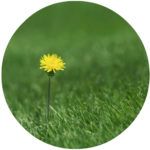 When grass growth slows down in winter, the sward becomes a little thinner and this can make space for weeds like daisies, chickweeds and clover. Winter worm casting on the lawn surface also creates a perfect seedbed for some of these common weeds.
When grass growth slows down in winter, the sward becomes a little thinner and this can make space for weeds like daisies, chickweeds and clover. Winter worm casting on the lawn surface also creates a perfect seedbed for some of these common weeds.
During your spring lawn treatment, we will apply a selective product that kills just the weeds and leaves the grass strong and healthy.
Aeration
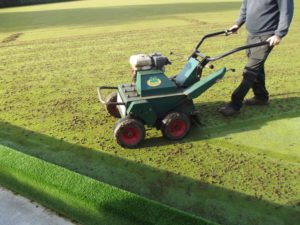 The long winter can leave your lawn susceptible to compaction, which squeezes a lot of the air out of the soil and can cause problems with poor surface drainage and a waterlogged surface. This can be detrimental to healthy grass growth too.
The long winter can leave your lawn susceptible to compaction, which squeezes a lot of the air out of the soil and can cause problems with poor surface drainage and a waterlogged surface. This can be detrimental to healthy grass growth too.
When this is the case it will help a lot to have your lawn aerated using our specialised spiking machine that punches thousands of holes over the lawn surface. This improves drainage and allows water, fertilisers and roots to penetrate easily and deeply into the soil to strengthen your lawn.

